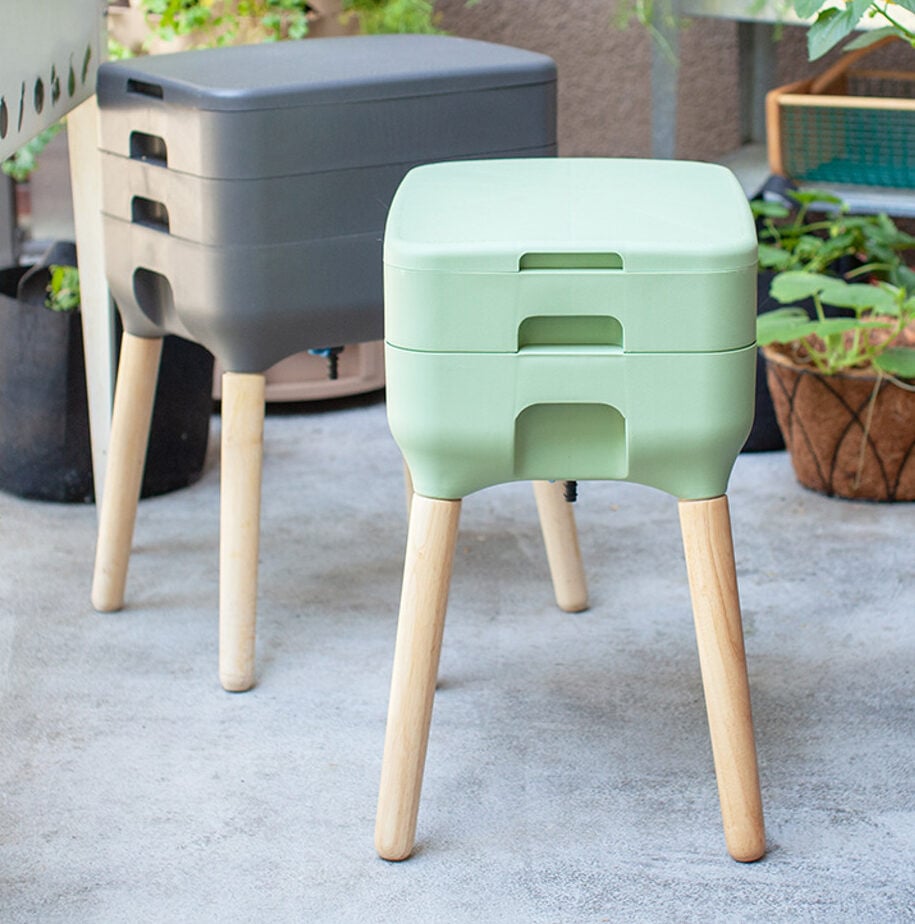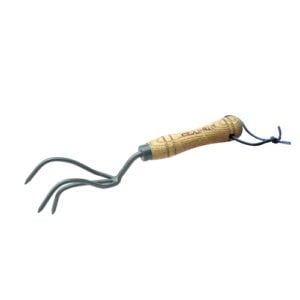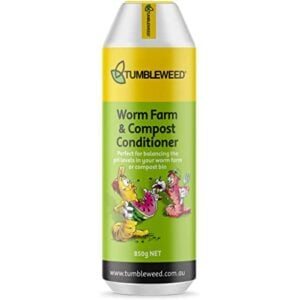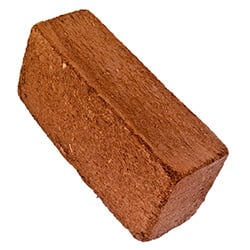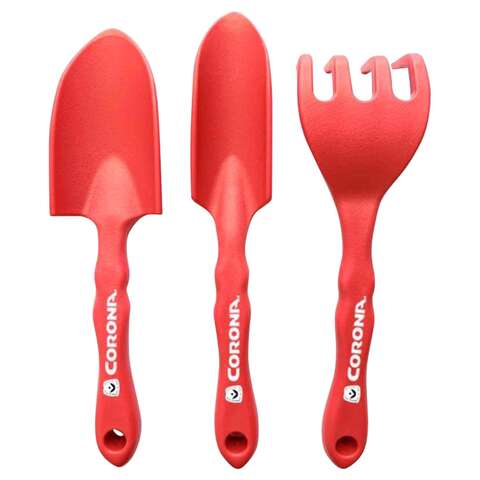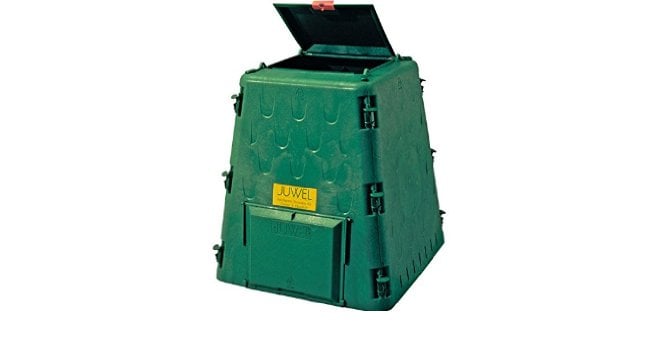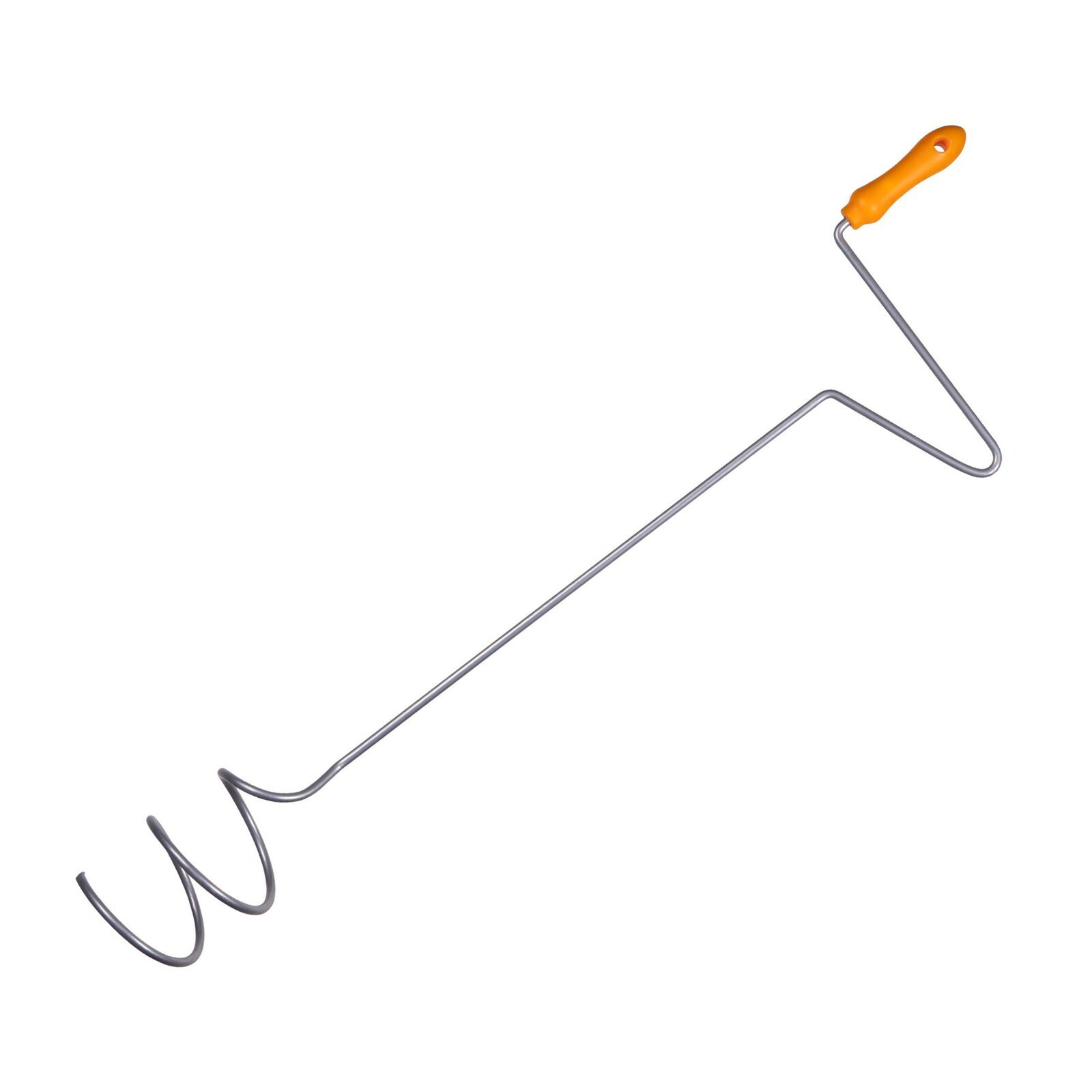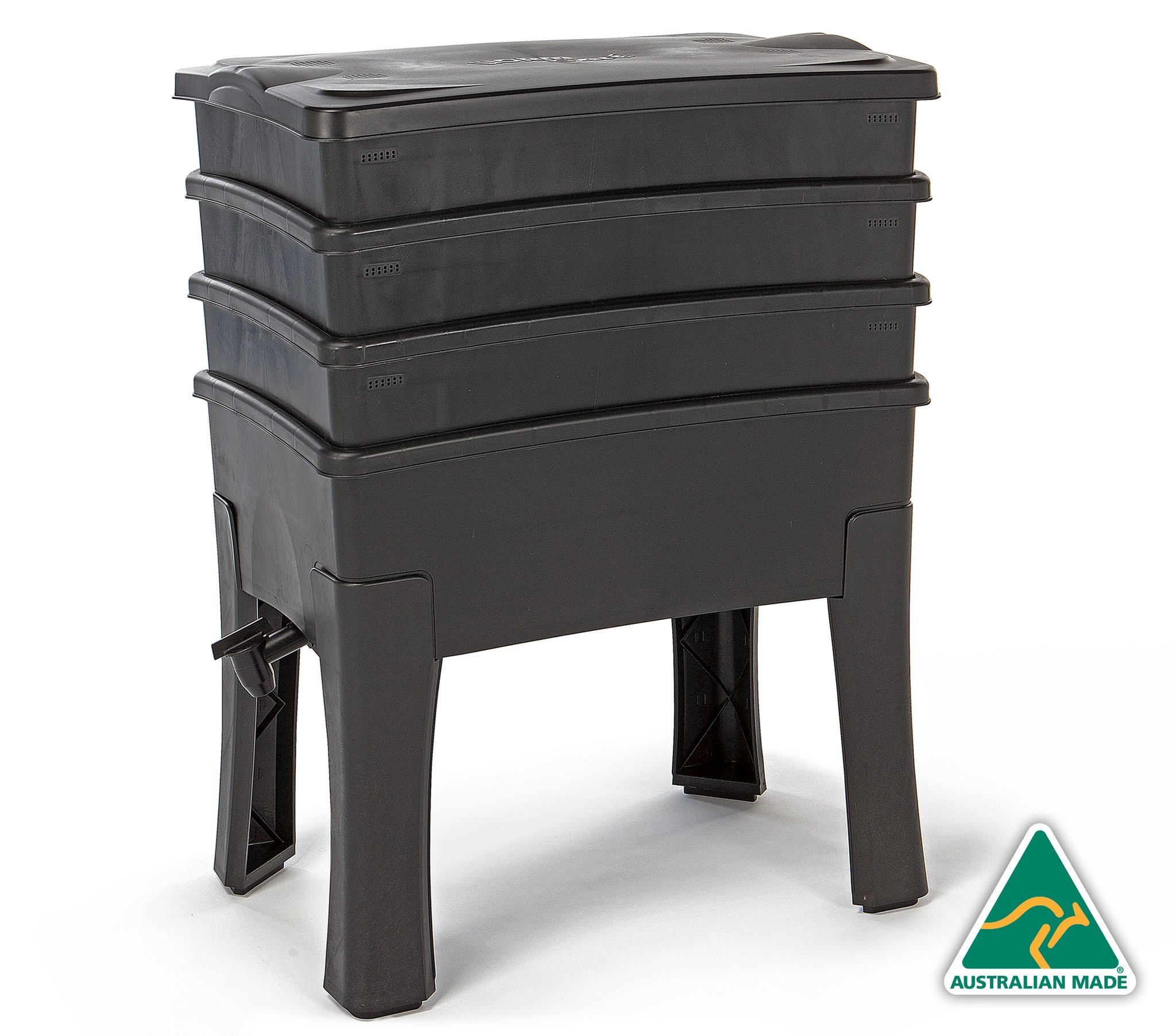Description
Many a man is turning back to natural composting ways. Organic materials help create valuable soil amendments and can be used to improve plant growth, structure, and fertility. This Uncle Jim’s composter is constructed to be the ideal home for your new composting worms to do just that! Once added, the worms will go to work to turn your kitchen scraps into nutrient rich, organic fertilizer for your garden. This classic composter blends into the décor of any room in your home or it can also be used outside in a garage, patio or shed. Constructed with real wood legs designed high enough to easily store a container under the spigot to collect your leachate. Use the leachate to create worm tea. Your plants will thank you!
- Year-Round Indoor Use – The speed and efficiency of the vermicomposting process keeps typical composting odor to a minimum and allows the unit to be kept inside and used year-round.
- The worms will process food waste into fine compost full of nutrients. Worms can eat about half their weight in food per day. If you start with 1/2 lb of worms they can eat a 1/4 lb of food per day. Gradually increase as the size of your community grows.
- FREE worm blanket included with every bin
How to Use your Worm Composter
This composter is easy to set up and use, cost-effective, and requires little space. Simple to set up and maintain. Taking care of this composter should take less than 20 minutes a week and can be left for up to 2 weeks without any new food. You will start with one tray and add your bedding and worms. We recommend starting with 1000 worms if you want to see some results sooner. Let your worms adjust at east 2 days before you start adding the food waste. Once the bottom tray is full, add the second tray. The worms migrate upward to the newest food source, leaving the bottom tray full of nutrient-rich compost.
Adding food scraps to the worm composter is a simple process, just open the lid and toss the food in! Feed your worms about 50% food scraps and 50% fiber (e.g. paper or dry leaves). In general, worms can eat up to half their weight per day! Depending on where you keep your composter, you may need to add moisture to the bin on a weekly basis.
It is recommended to leave the spigot open at all times. This will help aerate the bin and supply oxygen. As waste breaks down, you will collect “compost tea”, an organic liquid fertilizer right from the spigot. It is recommended to place a jar or container under the spigot. You will want to mix the leachate you collect with 50% water before spraying or using on any plants.
Once the second tray is finished, go ahead and harvest your initial tray and start the process all over.
Mistakes to Avoid When Starting With Worm Composting
Building a worm composting system can be simple, but maintaining your worm population and keeping your compost healthy is a delicate balance. Making mistakes is easy, especially when you’re just starting. Here are some of the most common mistakes to avoid when starting with worm composting.
Mistake #1: Overfeeding
Enthusiastic worm bin owners may do their best to reduce food scraps and create nutrient-rich fertilizer for the garden, but they can sometimes take it too far. Throwing every available debris into the bin is a surefire way to overwhelm the composting process. The wiggler worms typically used in a worm bin can only digest so much material at once.
In theory, worms can eat their weight in scraps per day. However, that number might be lower, depending on air temperature and excess moisture. A foolproof method is to feed them every 2 to 3 days.
Knowing how to avoid overfeeding compost worms can save you a lot of frustration (and cash) in the long run. Be conservative in the quantity.
Vermicomposting rookies should never start with the – eat their weight. A better ratio is to have a half-pound of organic waste scraps to one pound of worms. So six pounds of worms and three pounds of food.
Mistake #2: Wrong Foods
Worms need a healthy diet in small pieces. Whole cabbages and watermelon rind halves will take too long to break down. Items like processed food, meat scraps, salty snacks, spicy foods, oily sauces, greasy foods, yogurt, pineapple, and pineapple are also things to avoid.
The ideal diet for composting worms is non-acidic fruit and vegetable scraps:
- Grains, bread, coffee grounds, tea bags, and pasta are also fair game. Aged grass clippings, hair, and herbivore animal manure are compostable.
- Add shredded black-ink newsprint in moderation. Torn or shredded brown corrugated cardboard is acceptable.
- Clean crushed egg shells, add grit and calcium. All items should be small.
Oversized items should be cut up or run through a food processor. This reduces odor and discourages pests.
Avoid Kitchen Scraps Directly off the Table
Even if it is adequate, fresh food scraps can sometimes attract pests. Freeze your leftovers for 48 hours before adding them to the bin. This will allow them to dehydrate and mature, making them ideal for worms.
Sometimes you will add too many food scraps/larger pieces or notice fruit flies around the worm composting bin. This can mean an excess of organic matter in the soil. Adding grit and calcium to the eggshells can help balance the carbon and nitrogen ratio.
Mistake #3: Too Wet or Too Dry Composting Bedding
The over-enthusiastic worm bin owner pours gallons of water on their worms. The negligent owner lets the bin dry out. Too wet, the worms dehydrate, cannot breathe, and can’t tunnel. If they are too dry, they will suffocate.
The easiest way to check worm bin moisture levels is by picking up a handful. Squeeze it. If water comes out, it’s too wet. Worm bin bedding should have the feeling of a wrung-out sponge. The first solution is drying out a wet worm bin, but it takes time, also why make a mistake when you can avoid it?
In addition to the humidity, it is important to use appropriate bedding materials. The type of bedding you use for your worm bin is just as important as the moisture content.
You want to ensure that the fresh bedding materials are organic and biodegradable for your composting process. Popular options include shredded newspaper, sawdust, coconut coir, peat moss, and plain old dirt. Make sure to avoid anything that is chemically treated or dyed. You also want to avoid materials like pine or cedar shavings as they are too acidic for the worms.
Mistake #4: Forget to Harvest Worm Castings
Avid gardeners eagerly look forward to removing finished compost from their worm bins. The vermicompost, aka worm poop, is fresh “black gold” and the best organic fertilizer for growing plants. Gardeners mark the days until the worm castings are ready for harvesting. This organic matter helps outdoor plants thrive.
Non-gardeners typically focus on reducing trash and odor. The worm castings are a side-effect. Their worm bin fills up with worm castings. Add more trays or get a larger bin.
Harvesting finished compost means separating worm castings. You will leave bedding behind for the worms to live in. Using a screen should only take 30 to 60 minutes. Making mounds takes a day, mostly waiting time. Tray-based composting bins might only take 10 minutes.
Compost can be harvested:
- at the start and end of the growing season
- whenever it is getting full
- as needed, if the worms have been in the bin for at least three months and there are extra worm castings inside
If you have more “black gold” than you need, donate it to a local gardening project or neighbor. This potting soil acts as a natural fertilizer. You can also make concentrated worm compost tea to help out the local wildlife or start a secret project in your favorite park.
Mistake #5: Too Hot or Too Cold
Just like people, composting worms have an ideal temperature range. The worm bin and bedding help regulate the temperature. When the air temperature is below 54 degrees Fahrenheit, worms slow down. Below freezing, they can die. Above 84 degrees can cook the worms. This is important to consider if you want healthy, active worms, especially if you are considering indoor composting with worms.
For example, a garage can be a great spot to start your worm composting adventure with one worm bin. It is also essential to know how to organize the amounts of food and when to add the next bedding layer.
Monitor Air Temperature
Monitor and adjust the conditions of the worm bin to ensure that your worms are comfortable and in the required temperature range. You can use a thermometer or temperature probe to measure the air temperature inside the compartment and make any necessary adjustments.
Adding insulation, such as bubble wrap, around your worm bin can help keep it at a more consistent temperature. Placing the bin in a partially shaded spot can also help regulate the temperature.
Do you live in a climate that has temperature extremes? Bin location is the primary issue. You can mitigate some temperature hazards using ice, bin blankets, insulation, relocation, and moisture regulation.
Take Care of the Night Crawlers
Caring for composting worms is easy. The worms will do most of the work; you must provide a comfortable environment that meets their needs.
Once you get the hang of vermicomposting, you will love it! Reducing trash, saving the earth, and creating free fertilizer make worm composting worthwhile.
If you have any further questions, check out the rest of our articles or reach out. At Uncle Jim’s Worm Farm, we offer expert information about managing your vermicomposting bin, as we are the #1 supplier of composting worms in the USA.





